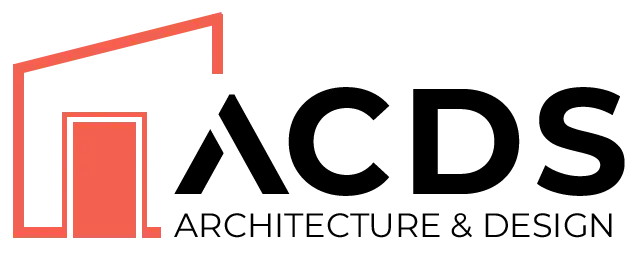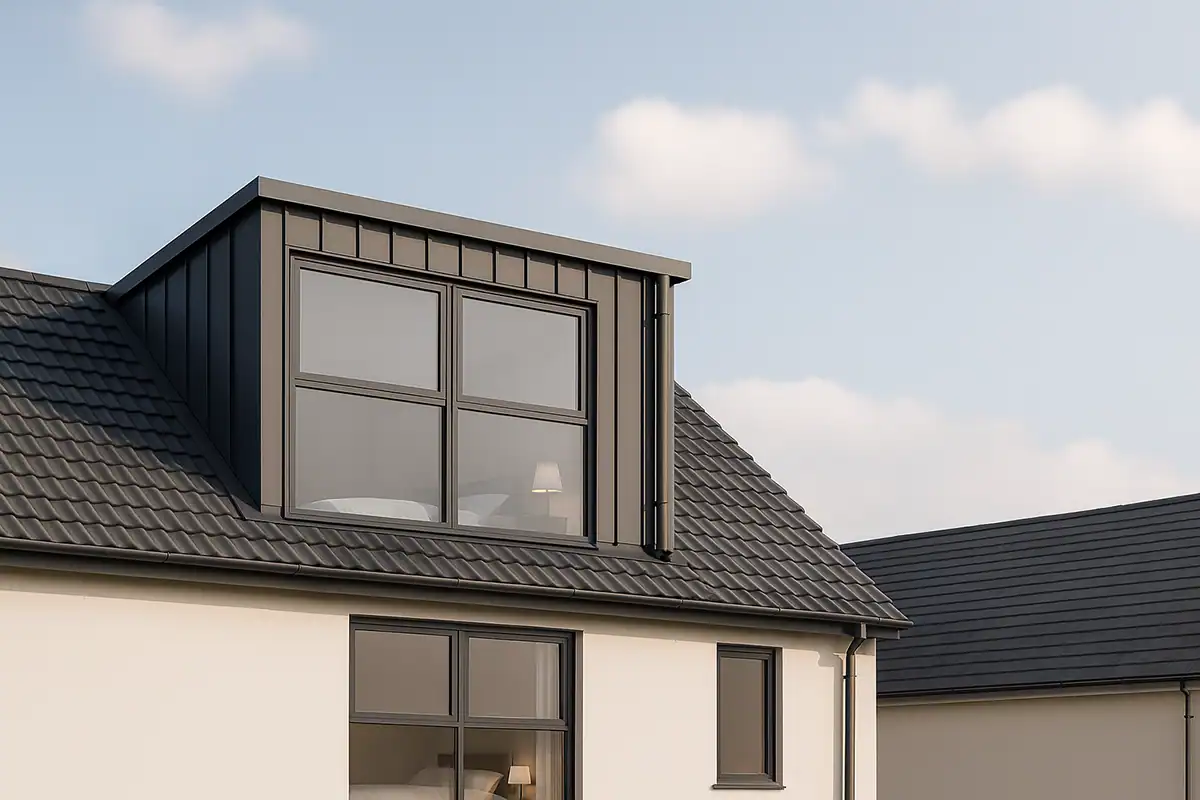What does Steel connections design do?
Steel connection design provides contractors with precise, practical connection details of:
- How structural steel connections will actually look.
- Way a steel connection structure can be built.
The main purpose of an external retaining wall is to prevent soil erosion while creating an outdoor space or flower bed where it might otherwise not be possible.
These vertical structures are designed to prevent the retained materials from sliding or collapsing, helping support the shape of the terrain or to landscape a garden built on a slope.
Types of connections
Steel connections are classified into various, separate groups of connection types. This helps to analyze different loads for structural stability in accordance with types of members and internal forces a connection is expected to transmit. From commonly encountered simple connections, such as simple and moment connections to complex connections.
Shear connections
These are the most widely used type of structural steel connection. Also known as simple connections or “semi-rigid” connections because of minimal bending or rotation at the beam bends. Shear connections can only transfer shear forces to connected members.
Moment connections
A moment connection is a joint designed to transfer a bending force between column and beam sections or any other two members. Also referred to as “rigid” connections for creating a frame.
The shape of connecting members, member sizes, and calculating the amount of transfer needed will determine the complexity of the connection.
- Directly welded members
- Flange plates
- End plate connections
Axial connections
Structural steel is also employed in designing and supplying a variety of:
- Platforms and Walkways
- Handrails and Balustrades
- Staircases
- Ladders
- Window grilles
- Pipe supports
Fin plates
Widely-used type of steel connection for secondary beams in steel structures. A length of ‘fin’ plate is firstly welded to the supporting member. On-site, the fin plate will be bolted onto the supported beam web.
Member connections
Column and beam connections are an all-important factor in steel connection design. Typical member configurations include:
- Beam to Column bases
- Beam to Beam
- Column to Column bases
- Column Base Plate
Hollow sections
Both round and square hollow steel sections (HSS) deliver better strength-to-weight ratio to structures, which reduces material waste and enables greater spans to be built. Hot-formed hollow sections are easier to bend than cold formed hollow sections.
Steel connection design services will include:
- Simple connections – beam to beam | beam to column
- Moment connections – beam to beam | beam to column
- Splice connections – open and hollow sections
- Truss connections – welded or bolted
Steel connection design software and structural calculations
Accurate calculations by structural engineers are essential to resolving load bearing geometry. To meet the many complex challenges, structural engineers work with the latest technology and advanced steel connection design software.
Steel connections can be tested for structural integrity using Building Information Modelling (BIM).











